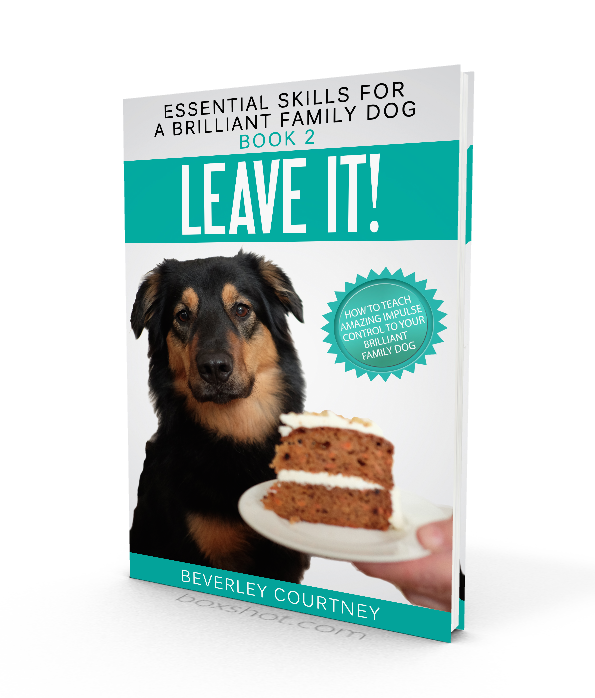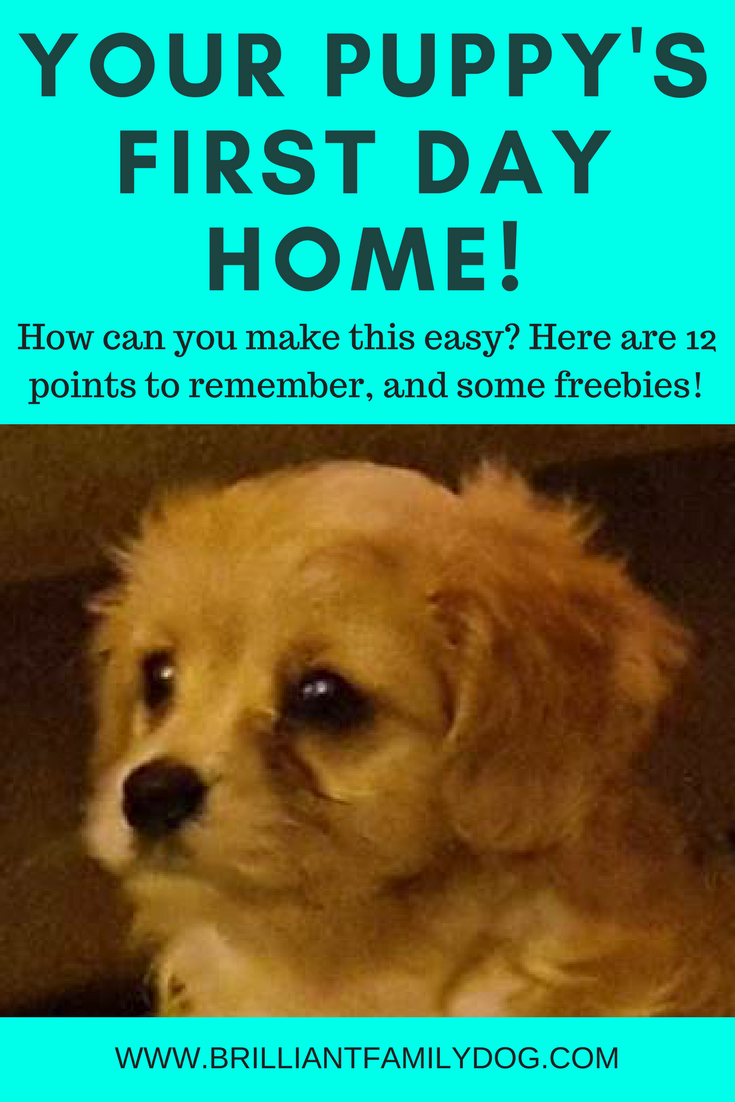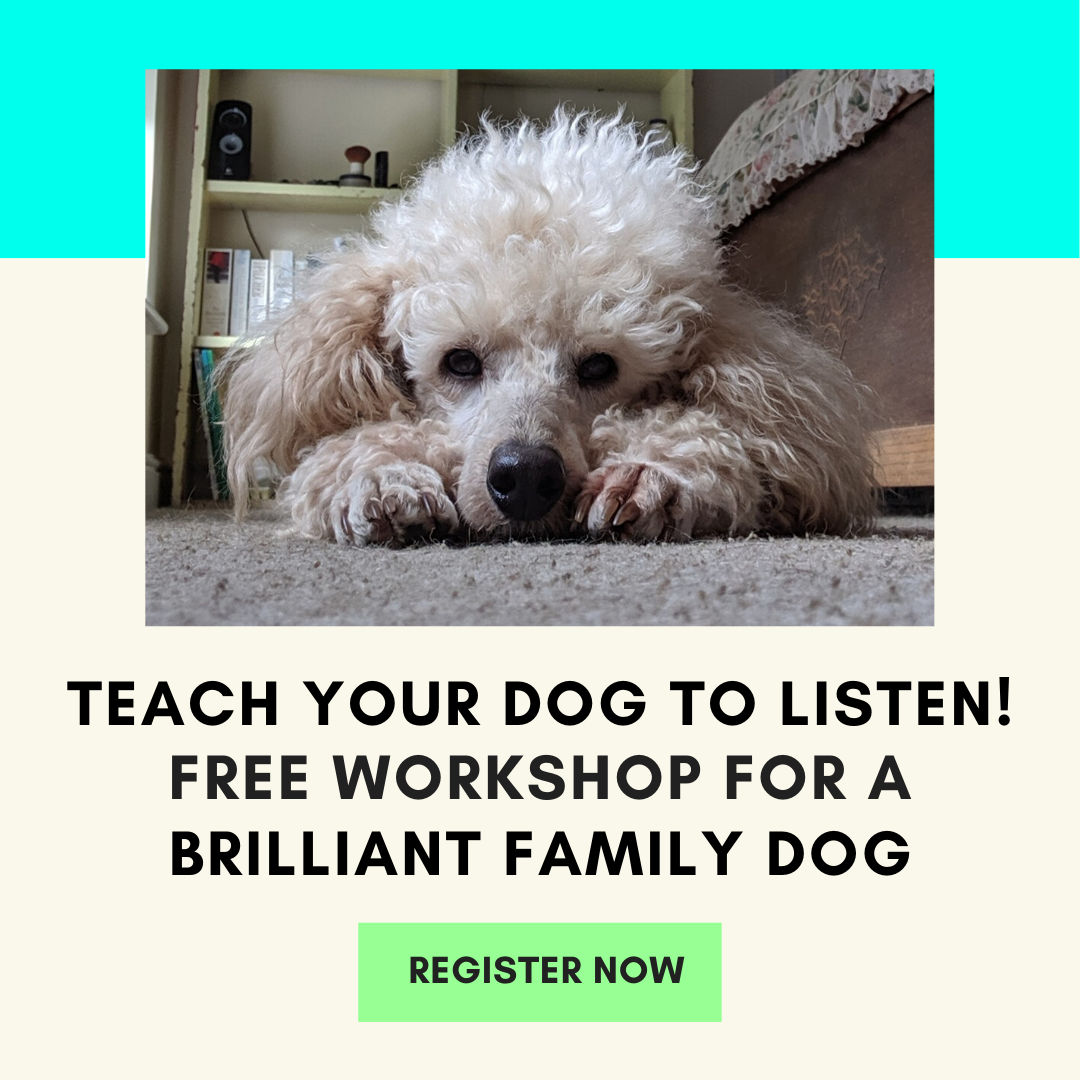Edited and reprinted from positively.com with permission. This post hit the spot with thousands of readers when first published, so I thought you might enjoy it.
I’ve come across a few instances lately of people actually being pulled off their feet - and in one case rendered unconscious! - when their dog saw another dog approaching and decided he either wanted to play with it, or to dive forwards barking to make it go away.
Whether this poor behaviour is from a fear reaction or an over-friendly one, the upshot is much the same. Broken noses are no fun. So, unsurprisingly, the treatment is also similar.
I have given you some techniques in It's Not the Dog, It's You to help specifically with fearful dogs. A lot of that information is useful for absolutely any dog, including those who don’t appear fearful.
So, keeping those methods in mind, let’s focus here on the super-friendly, over-ebullient dog who is determined to have a party with every dog or person he sees.
Picture the scene: owner is happily walking along the road, with dog on lead. Dog spots another dog! Hallelujah! Dog stands up on hind legs squealing with excitement before plunging forward with shrieks and barks towards the other dog.
Already got a Growly Dog? A reactive, shy, aggressive dog? Watch our free Masterclass and learn new strategies to change your lives for the better!
It’s no use waiting till this is happening to try and change things. A knee-jerk response is not likely to do anything at all to help. Everything that needs to be changed has to be done beforehand, at home, in your kitchen, just you and your dog.
So let’s have a look now at what we can do to change this, before any more bones are broken.
1. What the Well-Dressed Dog is Wearing
If your dog is wearing a collar, then this is giving him terrific power to haul you along. Think where the collar goes on a horse in harness - right over the shoulders. Using the strongest part of a quadruped’s body - the rear legs and haunches - the horse or the dog can get great traction, to shift that heavy cart, or to pull you face down on the road.
When a dog is straining into a collar and tight lead, his body language is distorted. His eagerness can appear aggressive - this sends the wrong message to the object of his attentions.
The stress on the throat can also cause physical damage - and in the first place it'll serve only to wind your dog up more!
Pulling backwards against this power is fruitless. At best you’ll have an undignified retreat with you hauling your dog backwards, screaming. The dog will be screaming - but you may be too by this stage!
You need to teach your dog to respond to the lead, and turn of his own volition. Instead of a ten-ton block of frantic barking and scrabbling paws, you get a quizzical look from your dog as he turns and trots towards you. Really!
So the first move would be to investigate a no-pull harness. This is the one that I recommend.**
One that attaches front and back will be the most effective. Good ones have an almost magical effect on even the most determined pullers. The harness needs to be comfortable to wear.
I would not use a headcollar for a “frustrated greeter” which is who we’re talking about here. If your dog is fighting to get the thing off his nose (most dogs hate them, unless slowly and carefully acclimatised) this is going to increase his level of frustration till he may possibly lash out (“redirect”) onto the nearest leg or hand. That would be your leg or hand. Ouch.
2. Loose Lead Walking, if taught well, is a trick
For your dog to walk close to you, keeping his nose level with your leg, he has to focus and concentrate. It’s not something that your dog will learn overnight - it runs counter to his natural desire to weave and run all over the place.
The best force-free trainers make this exercise a game which the dog enjoys playing. Trying to frogmarch your dog along on a tight lead while yapping commands at him is not fun at all, for either of you!
The key is to have the lead loose, so that your dog can make a free choice where to walk. This may seem counter-intuitive to you, but it really does work very well when you’re in partnership with your dog as opposed to being his prison guard.
Once you have this skill, you can ask for this circus trick of trotting beside you, looking at you, when you need to distract your dog. If your history of rewarding him is great enough, he’ll be happy to oblige.
3. Impulse Control
We all have to learn impulse control. As children we have to learn to fit into society by containing our impulses and being able to wait patiently. This ability to delay gratification has been proven to be an indicator of a high achiever.
Your dog can be a high achiever too!
See Leave It! How to teach Amazing Impulse Control to your Brilliant Family Dog for a teaching method. Once he understands this skill, waiting politely should become his default behaviour - there’s no need to keep telling him to “leave it”.
And though the quickest way to teach this is with food, it isn’t just about leaving food. It’s about exercising self-control in the face of any temptation - bolting through the door, leaping out of the car, snatching something he wants ....
4. You Scratch My Back and I’ll Scratch Yours
If you do this for me, then I’ll do that for you, aka the Premack Principle. If, as a child, I demanded something I wanted, The Adult would say “What’s the magic word?” Asking for it again, but adding “please” this time, had the desired effect.
Your dog’s equivalent of the magic word can be a Sit, or Eye Contact, or just plain Silence! So when he starts agitating about something he wants, you can ask him “What do you think you should do now?” Wait for him to stop belly-aching and give you a sit, or look at you, or stop whingeing, then you can give him what he wants.
Don’t tell him what to do - let him work it out!
You probably already do this when you offer a treat - your dog may only get it if he sits. So extend it now - to everything your dog wants!
Your dog pulls towards the verge: “You want to sniff that grass?” Wait for a polite response then you can say, “Go sniff!”
He scrabbles at your knee: “You want to sit on my lap?” When he sits and gazes meaningfully at you, you can say “Hup!”
He wails with excitement when he sees a friend: “You want to say hello to this person?” When he gives you his attention for a moment you can say, “Go say hi!”
Before long, seeing the person or dog in the street will be a cue to your dog to focus on you to ask for permission to greet. You may or may not give this permission, of course, but you can certainly reward his polite asking.
5. Distance is Your Friend
Never forget Distance! If he’s unable to stop squealing and diving, get further away and ask him again: “You want to say hello to that person?”
How much further away? 20 yards? 40 yards? 100 yards? Whatever it takes! When he’s able to focus and engage in rational conversation with you, then maybe - just maybe - he’ll be able to hold it all together while he gets closer to the object of his desire.
He can’t? Then he doesn’t get any closer.
Get Frustration out of the Picture
You can see that these five suggestions have a common thread: giving control back to your dog.
I don’t want to spend the rest of my days trying to control my dogs (or my children): I want them to control themselves!
Nothing is as frustrating as feeling you are a helpless victim who is not heard or heeded.
Empowering your dog by giving him strategies to get what he wants leads to a happy co-existence which you can both enjoy.
Have you got an over-friendly dog? A dog who struggles with impulse control and over-exuberance? A reactive, shy, aggressive dog? Watch our free Masterclass and learn new strategies to change your lives for the better!
Resources
** Harnesses:
www.brilliantfamilydog.com/harnesses I supply the Wiggles Wags and Whiskers Freedom Harness in the UK. If you buy from me I will benefit, but you won’t pay any more!
2houndsdesign.com for the rest of the world.
Leave It! How to teach Amazing Impulse Control to your Brilliant Family Dog
Let’s Go! Enjoy Companionable Walks with your Brilliant Family Dog


























